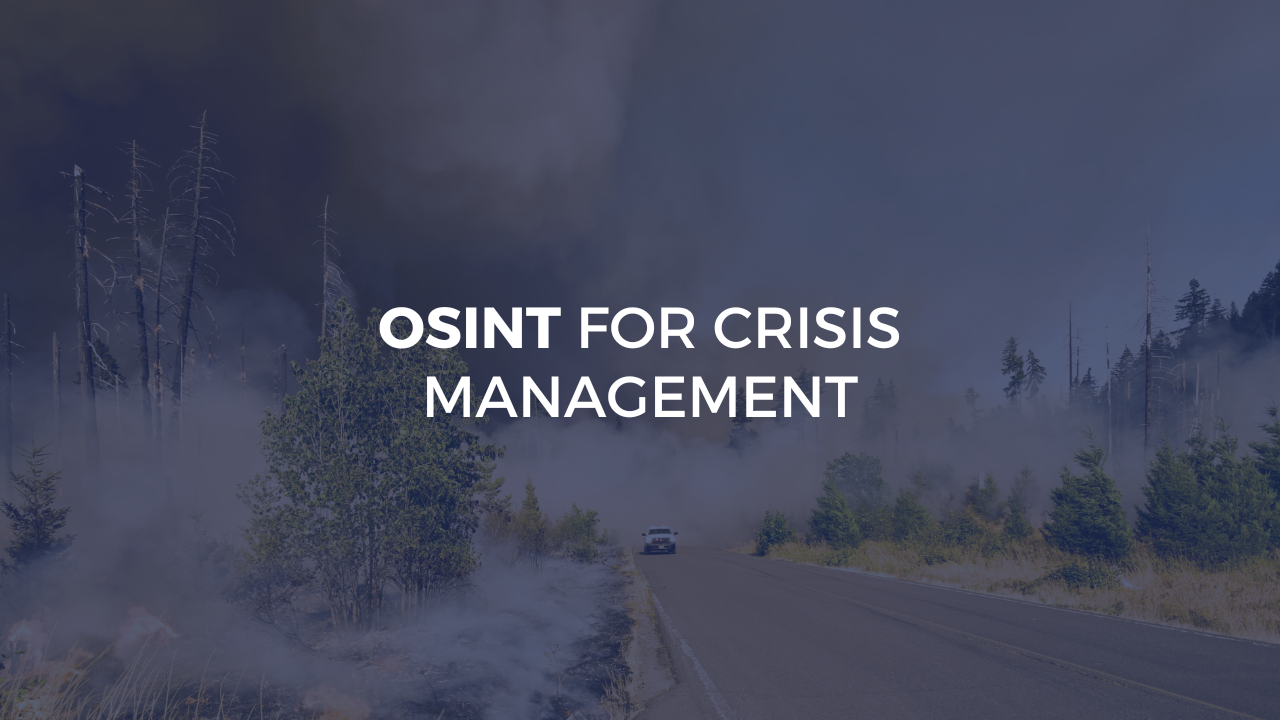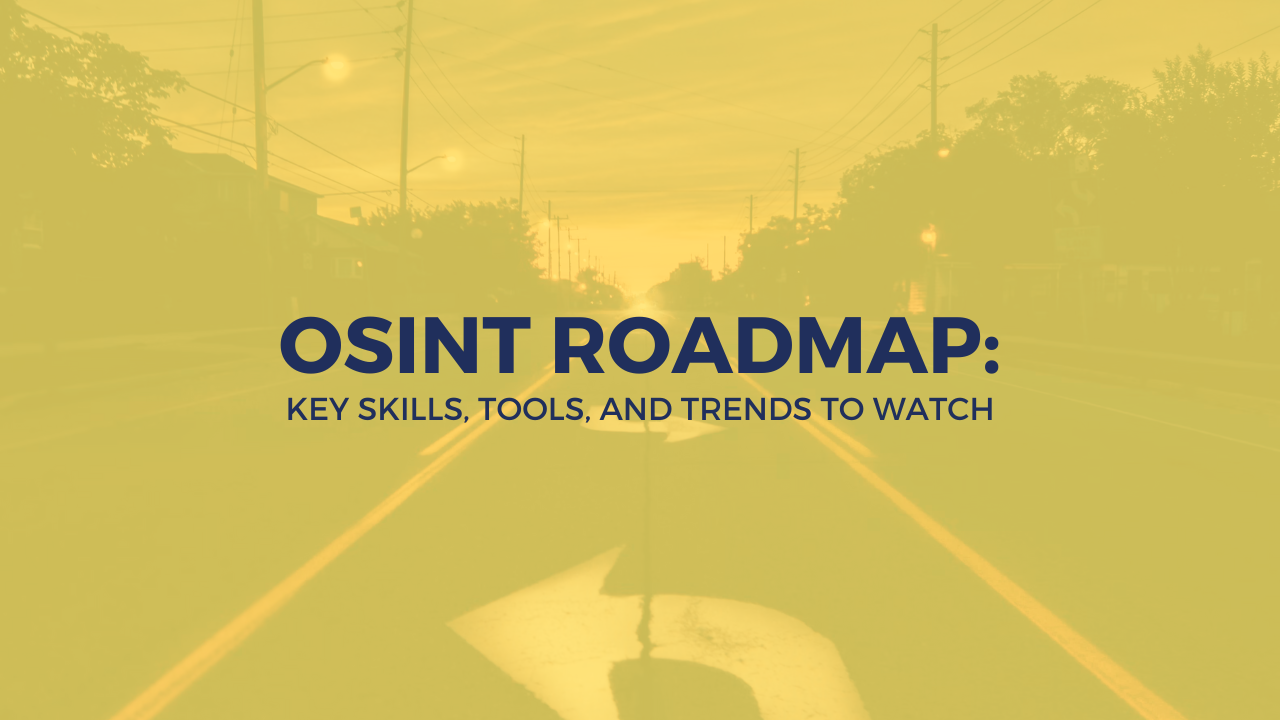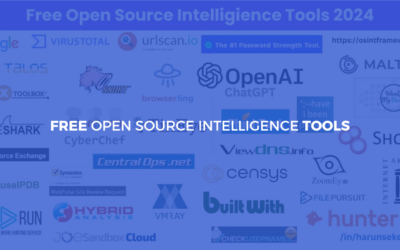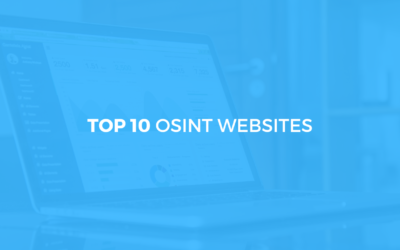In today’s fast-paced and interconnected world, crises—whether natural disasters, pandemics, or geopolitical conflicts—can unfold rapidly, leaving little time for traditional information-gathering methods. This is where Open Source Intelligence (OSINT) becomes a game-changer. By leveraging publicly available data, OSINT provides real-time insights that are critical for effective crisis management. In this article, I’ll explore how OSINT can be used to respond to emergencies, the tools and techniques involved, and why it’s become an indispensable resource for crisis responders.
What is OSINT and Why is it Crucial for Crisis Management?
Open Source Intelligence (OSINT) refers to the collection, analysis, and dissemination of information from publicly available sources. These sources include social media platforms, news outlets, government reports, satellite imagery, and more. Unlike classified intelligence, OSINT is accessible to anyone with the right tools and expertise—and this democratization of information has transformed how we respond to crises.
In the context of crisis management, OSINT plays a pivotal role in several key areas:
Real-Time Situational Awareness: Providing up-to-date information about the crisis as it unfolds, allowing responders to understand what’s happening on the ground without physical presence.
Resource Allocation: Helping decision-makers allocate resources effectively based on accurate data rather than assumptions or outdated information.
Risk Assessment: Identifying potential risks and vulnerabilities in affected areas, enabling proactive rather than reactive responses.
Communication: Facilitating timely and accurate communication with stakeholders and the public, ensuring everyone has access to reliable information during chaotic situations.
For example, during natural disasters like hurricanes or earthquakes, OSINT tools can analyze social media posts, satellite images, and weather data to map affected areas, assess damage, and coordinate rescue efforts—often faster than traditional methods allow.
Key Applications of OSINT in Crisis Management
1. Natural Disasters
Natural disasters such as earthquakes, floods, and wildfires require rapid response to save lives and minimize damage. OSINT tools can be deployed effectively through:
Monitor Social Media: Platforms like Twitter and Facebook often provide real-time updates from affected individuals. Hashtags and geotags can help pinpoint locations in need of assistance, creating a crowdsourced information network.
Analyze Satellite Imagery: Tools like Google Earth and Sentinel Hub can provide visual data on the extent of damage and areas at risk, giving responders a bird’s-eye view of the situation.
Track Weather Patterns: Publicly available weather data can help predict the trajectory of storms or floods, enabling proactive measures like evacuations and resource positioning.
Example: Hurricane Harvey (2017)
During Hurricane Harvey, OSINT played a critical role in rescue and relief efforts. Social media platforms were flooded with posts from individuals seeking help. Volunteers used tools like Google Maps and Ushahidi to create real-time maps of flooded areas, enabling responders to prioritize rescue operations and reach those in urgent need faster.
2. Pandemics and Health Crises
The COVID-19 pandemic highlighted the importance of OSINT in managing health crises. OSINT can:
Track Disease Spread: Analyze data from health organizations, news reports, and social media to map the spread of diseases in real-time and identify emerging hotspots.
Debunk Misinformation: Identify and counter false information circulating online, ensuring the public receives accurate guidance when they need it most.
Monitor Supply Chains: Track the availability of medical supplies and vaccines in real-time, helping organizations coordinate distribution and identify shortages.
Example: COVID-19 Pandemic (2020)
OSINT was instrumental in tracking the spread of COVID-19 and combating misinformation. Platforms like HealthMap aggregated data from news reports and social media to provide real-time updates on infection rates. Meanwhile, organizations like Bellingcat used OSINT to debunk false claims about the virus, helping protect public health.
3. Geopolitical Conflicts and Humanitarian Crises
In conflict zones, OSINT can provide critical insights into:
Human Rights Violations: Analyze satellite imagery and social media posts to document abuses and hold perpetrators accountable through evidence collection.
Refugee Movements: Track the movement of displaced populations to coordinate humanitarian aid and ensure support reaches those who need it.
Infrastructure Damage: Assess the impact of conflicts on critical infrastructure like hospitals and schools, informing both response and reconstruction efforts.
Example: Ukraine Conflict (2022)
The ongoing conflict in Ukraine has seen extensive use of OSINT to document war crimes and track military movements. Analysts have used satellite imagery, social media posts, and open-source data to provide evidence of attacks on civilian infrastructure and human rights violations.
Essential OSINT Tools for Crisis Management
To effectively harness OSINT for crisis management, responders need access to the right tools. Here are some essential tools and platforms:
1. Social Media Monitoring Tools
TweetDeck: Monitor Twitter for real-time updates using hashtags and keywords to track developing situations.
CrowdTangle: Track social media activity across platforms like Facebook, Instagram, and Reddit to understand how information spreads.
2. Geospatial Tools
Google Earth: Visualize affected areas and assess damage using satellite imagery that’s regularly updated.
Sentinel Hub: Access real-time satellite data for environmental monitoring and disaster assessment.
3. Data Aggregation Platforms
Google Alerts: Receive notifications about specific keywords or topics related to the crisis you’re monitoring.
OSINT Framework: A comprehensive directory of OSINT tools for various use cases, making it easier to find the right tool for your needs.
4. Crisis Mapping Tools
Ushahidi: A crowdsourcing platform that maps crisis data in real-time, enabling collaborative response efforts.
Humanitarian OpenStreetMap: Collaborate with volunteers to create detailed maps of affected areas for better coordination.
Advanced Techniques for OSINT in Crisis Management
1. Sentiment Analysis
Sentiment analysis involves using AI-powered tools to analyze the tone and emotion behind social media posts. This can help crisis responders gauge public sentiment and identify areas where people are expressing distress or dissatisfaction, ensuring response efforts address the most urgent needs.
2. Network Analysis
Network analysis tools like Maltego can map relationships between individuals, organizations, and locations. This is particularly useful in conflict zones, where understanding the connections between different actors can provide valuable insights for coordination and decision-making.
3. Image and Video Verification
In a crisis, images and videos can spread rapidly, but not all of them are authentic. Tools like InVID and TinEye can help verify the authenticity of visual content, ensuring that responders act on accurate information rather than misinformation or manipulated media.
Challenges and Ethical Considerations
While OSINT is a powerful tool for crisis management, it comes with its own set of challenges that need careful attention:
Data Overload: The sheer volume of publicly available data can be overwhelming, making it difficult to identify relevant information among the noise.
Misinformation: Not all publicly available data is accurate, and distinguishing between credible and false information can be challenging, especially when time is critical.
Privacy Concerns: Collecting and analyzing public data raises ethical questions about privacy and consent, particularly when dealing with vulnerable populations.
To address these challenges, crisis responders must:
- Verify information from multiple sources before acting on it
- Use tools and techniques to filter out irrelevant or false data
- Adhere to ethical guidelines to ensure the responsible use of OSINT
The Future of OSINT in Crisis Management
As technology continues to evolve, the role of OSINT in crisis management is expected to grow significantly. Here are some trends to watch:
AI and Machine Learning: AI-powered tools will enhance the ability to analyze large datasets and identify patterns in real-time, making crisis response faster and more effective.
Integration with IoT: The Internet of Things (IoT) will provide new sources of data, such as sensors and smart devices, for crisis management and early warning systems.
Collaborative Platforms: Increased collaboration between governments, NGOs, and the private sector will lead to more comprehensive and effective crisis response strategies.
FAQs
1. What is OSINT?
OSINT stands for Open Source Intelligence. It refers to the collection, analysis, and dissemination of information from publicly available sources.
2. How is OSINT used in crisis management?
OSINT is used in crisis management to provide real-time situational awareness, allocate resources effectively, assess risks, and facilitate communication.
3. What are some examples of OSINT tools for crisis management?
Examples include social media monitoring tools like TweetDeck, geospatial tools like Google Earth, and crisis mapping platforms like Ushahidi.
4. What are the challenges of using OSINT in crisis management?
Challenges include data overload, misinformation, and privacy concerns.
5. How can I learn more about OSINT?
You can explore online resources, attend workshops, and follow blogs like osintguide.com for the latest updates and insights on OSINT.
Read more from our OSINT Blog:
- How to Hide Yourself from OSINT?
- OSINT Roadmap for 2025: Key Skills, Tools, and Trends to Watch.
- Free OSINT Tools.
- How to Make Money As OSINT Professional in the Age of AI?
- How to Start a Successful OSINT Consulting Business?
- OSINT for Content Creators and Bloggers.
- Data Visualization for OSINT Experts.
- OSINT for Investigative Journalism.
- How to Make Money with OSINT: Start Your Journey as an OSINT Expert.
- What you need to learn to become an OSINT expert?







